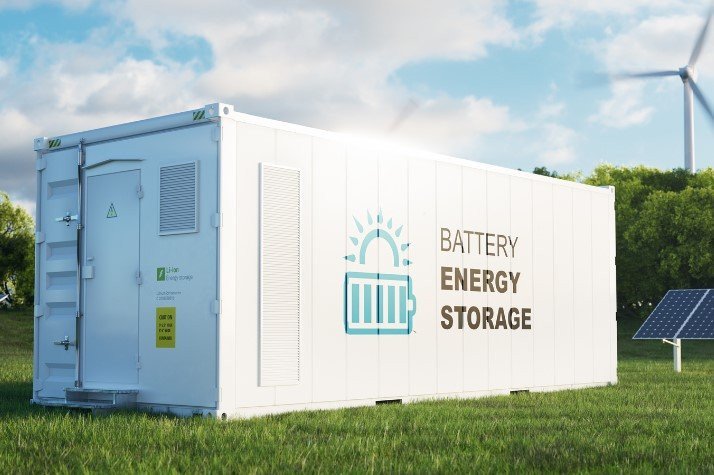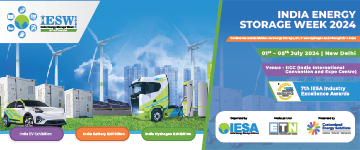Action stations for a battery nation in the making
To speed up the shift towards energy storage, renewable energy, and EVs, PM Modi announced at COP26 a target of 500 GW of non-fossil fuel energy usage by 2030. The FAME II, the Auto PLI Scheme, the target of EVs commanding 30 percent of new vehicle sales by 2030, shows a sincere commitment toward decarbonization. However, to support these goals there is a strong need to ramp up the relevant manufacturing sectors in India.
As the momentum in the clean energy space builds up with the rapidly increasing demand for batteries, GoI's PLI scheme for Advanced Chemistry Cell has India Inc stepping up to construct India's first Giga factories. While the incentives have been a welcome move, participation in setting up battery factories is not just restricted to companies that got selected - anyone having the fiscal capacity to build a Giga factory can jump in the fray even without incentives. And many are, including startups, are showing strategic maturity in this area.
We are still a good 2 to 3 years away from a fully operational Giga factory. The government could utilize that time to start building up an ecosystem of vital ancillaries that form the downstream support of a Giga factory. At a time when raw material prices are escalating, domestic manufacturing and the supply of raw materials required for batteries will need that support. Indian supplier companies are on the fence, unsure of investing without incentives and the supporting policy assurances by the government.
The EV battery value chain is long and offers many business opportunities. Ancillary units for cathode and anode materials, battery cells, pack manufacturing, and much more need to be put in place alongside the setting up of Giga factories. Recycling and recovering costly battery materials is an industry by itself and creates a circular economy. Developing a high-end system of refining essential raw materials to the required grade will also create a huge business opportunity; which will bring in the unrefined essential minerals from other parts of the world. All this needs planning and strategy so that this opportunity is not lost and can be captured within the country.
Given the vastness of the battery value chain, there is enough potential to be explored. The government should act soon, at the same time companies should not wait around for sops; cooperation among stakeholders is needed more to make it cost-effective.
Mega-clusters, similar to SEZs, which include research and development institutions alongside manufacturing, power generation, and easy transport - all go into creating a successful Giga factory. An excellent example is 'GigaVaasa' located in the town of Vaasa in Finland. The explanation on its website: 'In Vaasa, we work together; the local universities, energy technology companies, and municipalities work together intensively on research, product development, innovation, and education.'This hub consists of 160 companies such as ABB, Hitachi, ABB Power Grids, Wärtsilä, Danfoss, Yaskawa, etc. Thanks to a well-established and reliable supply of green energy, product manufacturing in Vaasa is emission-free as per EU regulations.
NITI Aayog estimates battery demand in India will rise to between 106 GWh and 260 GWh annually, with increasing demand in the long run. Over time, with the cost of batteries falling, many end-user applications will become affordable keeping up a steady and increasing battery need. Thus the country's own needs offer a vast business opportunity, aside from a great chance to become a global player.
The country's clean energy campaign needs a new slogan: 'Action for Clean Technology (ACT) Now!'
India has some serious catching up to do in the battery production area. China has been the earliest and fastest mover at 78 percent of global battery manufacturing capacity. The United States and Europe followed with 8 and 7 percent respectively. Europe is racing ahead in this space with new guidelines for green production processes.
As the green energy transition accelerates globally, India needs to take serious note of its energy security. It's time to realize the nation's 'self-reliance' aspirations. And if it is not now, India will miss the golden opportunity to bring its electrification drive on the fast track.




















